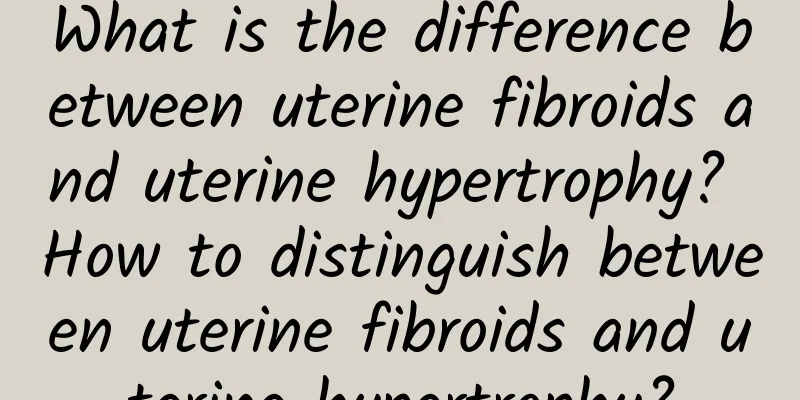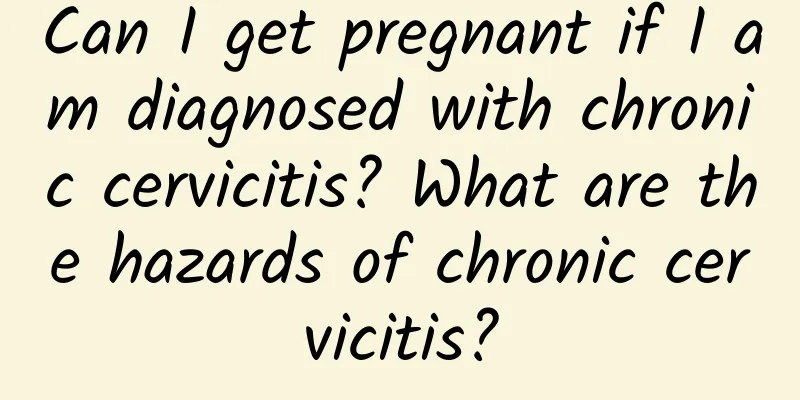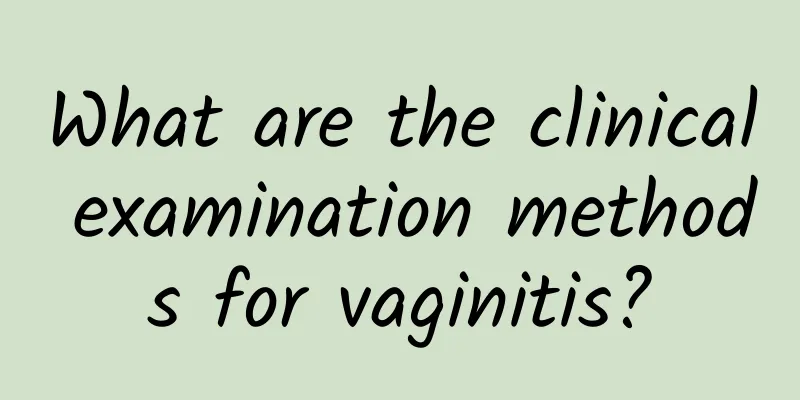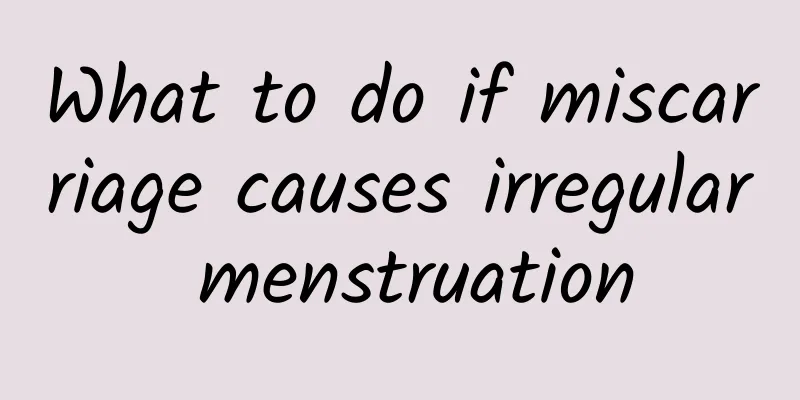Is interventional embolization effective for adenomyosis?
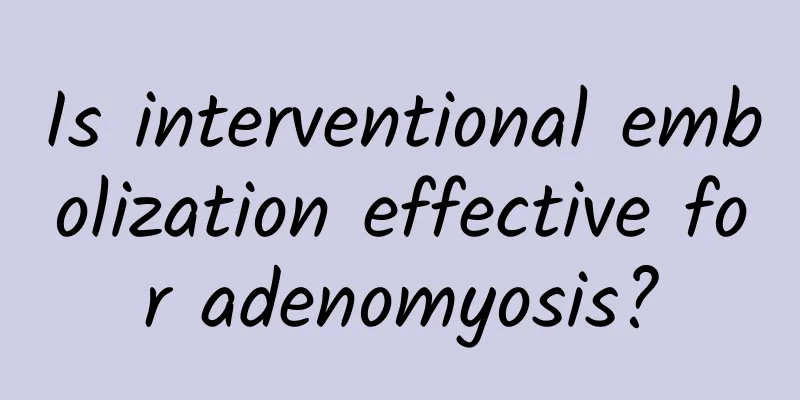
|
Interventional embolization is effective for adenomyosis and is suitable for patients with obvious symptoms who are unwilling to undergo surgery. It blocks the blood flow in the uterine artery and reduces the lesion. Interventional embolization blocks the blood flow in the uterine artery and reduces the blood supply to the lesion, thereby relieving symptoms such as pain and excessive menstrual flow. For patients with obvious symptoms, unwilling to undergo surgery, or with high surgical risks, interventional embolization is an effective treatment option. After treatment, most patients' symptoms are significantly improved and their quality of life is improved. 1. Interventional embolization therapy: The embolic agent is injected into the uterine artery through a catheter to block the blood supply to the lesion and reduce the growth and activity of the lesion. This treatment method is less invasive and has a quick recovery, and is suitable for patients who do not want to undergo surgery. After treatment, the symptoms of pain and excessive menstrual flow are usually significantly reduced within a few months. 2. The effect of interventional embolization therapy is related to the size and location of the lesion. For patients with small lesions located in the myometrium, the treatment effect is usually better. For patients with large lesions or special locations, other treatment methods may need to be combined, such as drug therapy or surgical resection. 3. Interventional embolization has fewer complications, but attention should still be paid to risks such as postoperative infection and displacement of embolic agents. Regular follow-up examinations should be conducted after surgery to monitor changes in lesions and improvement of symptoms. For patients with persistent or aggravated symptoms, timely medical treatment should be sought and treatment plans should be adjusted. Interventional embolization therapy for adenomyosis is an effective non-surgical treatment method suitable for patients with obvious symptoms who are unwilling to undergo surgery. It can reduce lesions by blocking blood flow in the uterine artery, relieve pain and symptoms of excessive menstrual flow, and improve quality of life. |
<<: What supplements can cure functional uterine bleeding quickly?
>>: What should I pay attention to if progesterone is low and there is threatened miscarriage?
Recommend
How long can you live with Bartholinitis?
Bartholinitis is a common gynecological inflammat...
How to care for bacterial vaginosis during pregnancy
Vaginosis is a common gynecological disease nowad...
Makes you burn fat more effectively! Eat turmeric before exercise to lose weight quickly
What can you eat before exercise to help boost yo...
Experts introduce a series of reasons that lead to cervical hypertrophy
Nowadays, more and more women suffer from cervica...
What does supermodel Lam Ke Tong do on the day of her marathon?
1. Get up 1 hour earlier than the meeting time to...
Choosing the right treatment for uterine fibroids
The treatment of uterine fibroids varies accordin...
How much do you know about the symptoms of vaginitis?
How much do you know about the symptoms of vagini...
Menopause can be relieved through diet, doctors recommend these 3
During menopause, you should supplement more estr...
Experts teach you four tricks to easily deal with dysmenorrhea
Although many female friends will experience dysm...
Experts comprehensively analyze the early symptoms of ectopic pregnancy.
For pregnant women, the term ectopic pregnancy is...
How can women avoid pelvic peritonitis?
I believe that many people are already familiar w...
Why does pelvic inflammatory disease recur?
Why does pelvic inflammatory disease recur? Repea...
Why does my body feel cold and my menstrual blood becomes less and less during menstruation?
Why does my body feel cold and my menstrual blood...
Older women experience ectopic pregnancy
Yue Yue, female, 42 years old, went to the hospit...
Which hospital is good at diagnosing pelvic peritonitis?
Acute inflammation of the female internal reprodu...

